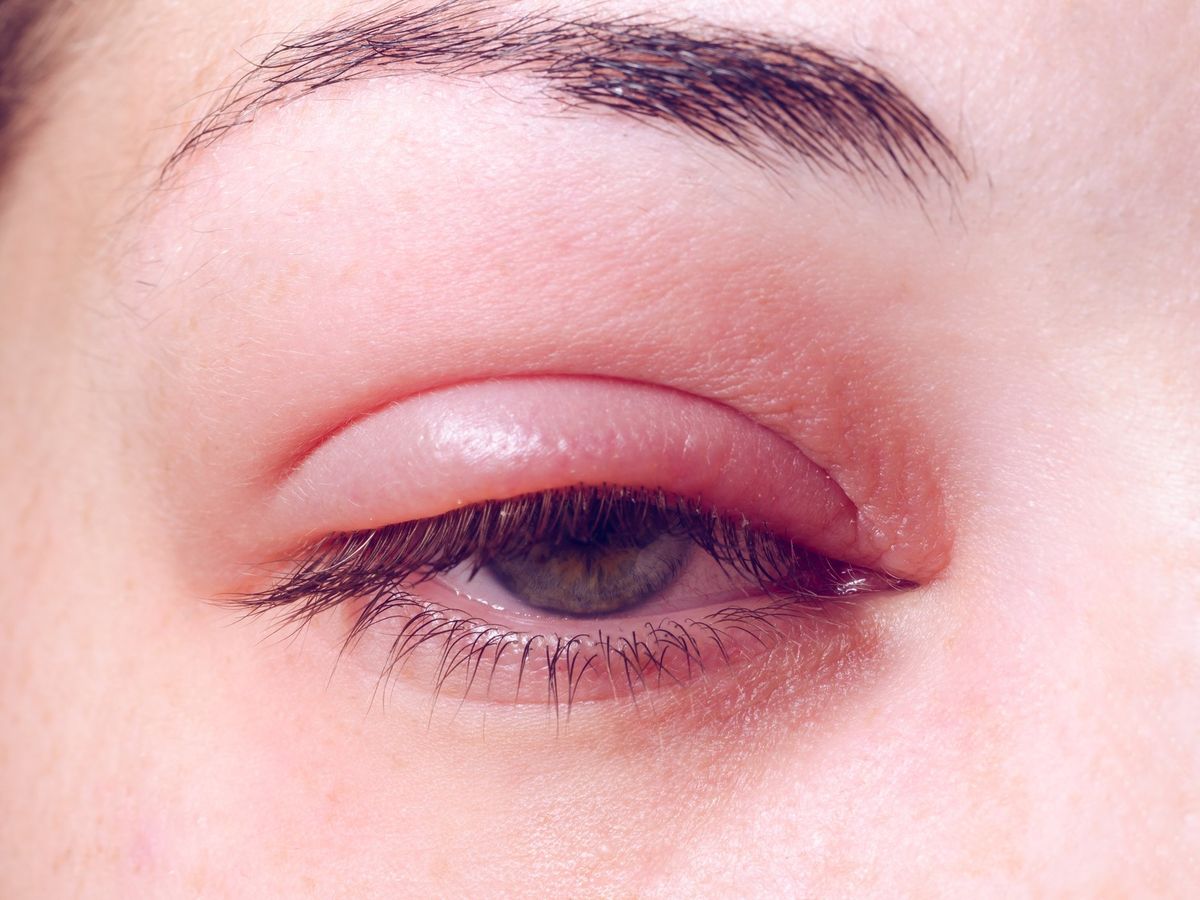
Table of Contents
Introduction to Stye:
A stye is an eye infection, particularly of the eyelid-also known as “hordeolum.” It is characterized by the painful lump or inflammation of the eyelid accompanied by the pus accumulation at the tip. This eye infection is commonly caused by a bacterial specie called “Staphylococcus aureus.”
A stye is just like a swollen red bump with the yellowy tip, and it resembles a pimple. However, it is an infection that spreads in the oil glands near the lash line. It usually appears on the outside of the lid, but sometimes it is present inside.
The stye that appears inside is very painful and irritating. In contrast, the hordeolum on the outer side of the eyelid is not a big concern when it is small. However, a big stye can cause blurred vision and can prevent a complete wide opening of the eye. For some people, it is an incredibly a common uncomfortable situation that disappears after a few days. It is common in children, but adults are equally susceptible to styes. In this article that we did with thegoodcompany.com we will discuss symptoms, different types and treatments for stye and chalazion.
What are the symptoms of a stye?
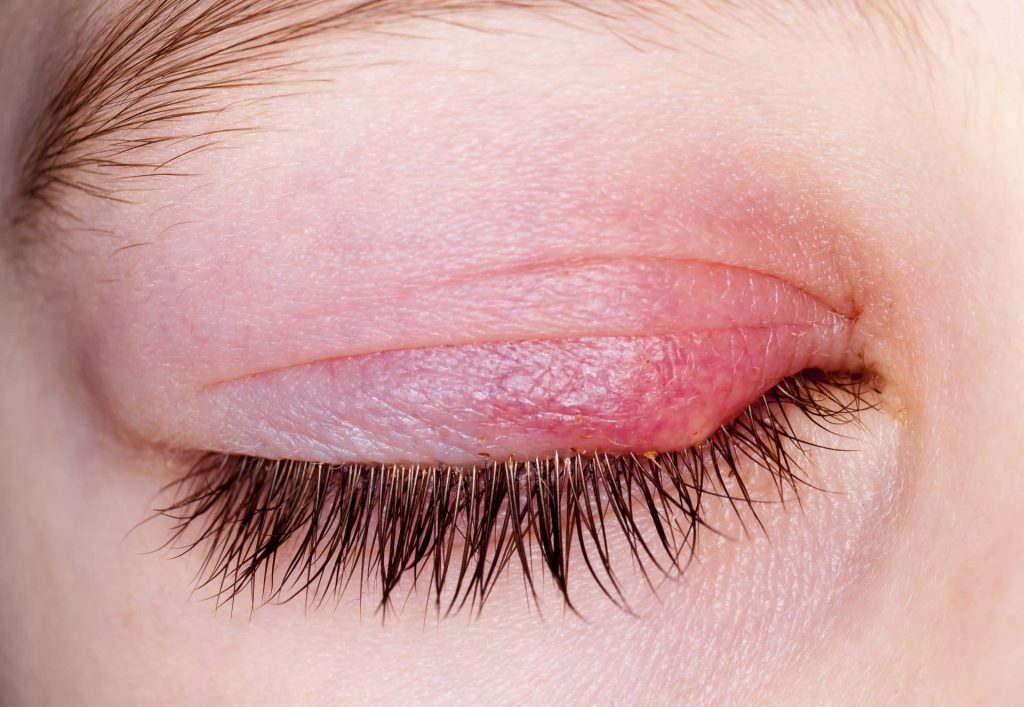
img source: focusclinics.com
A hordeolum can make your eyelids get swollen, red, and painful. Sometimes, it causes your eye to produce more tears, thereby complicating the situation. The pus can also worsen the symptoms and can make it uncomfortable and painful if not drained.
Very rarely, styes appear in both eyes simultaneously. Commonly just one eye gets infected. However, a person may have more than one styes in one eye, or he may have one stye in each. That’s quite unusual.
Symptoms:
- Pain
- Redness
- Tender lump
- Crusty eyelid margins
- Burning sensation
- Droopy eyelid
- Blurred vision
- Excessive tear production
- Mucus discharge
- Sensitivity to light
- The feeling of something fallen in eye
Types of Styes based on Location:
External hordeolum:
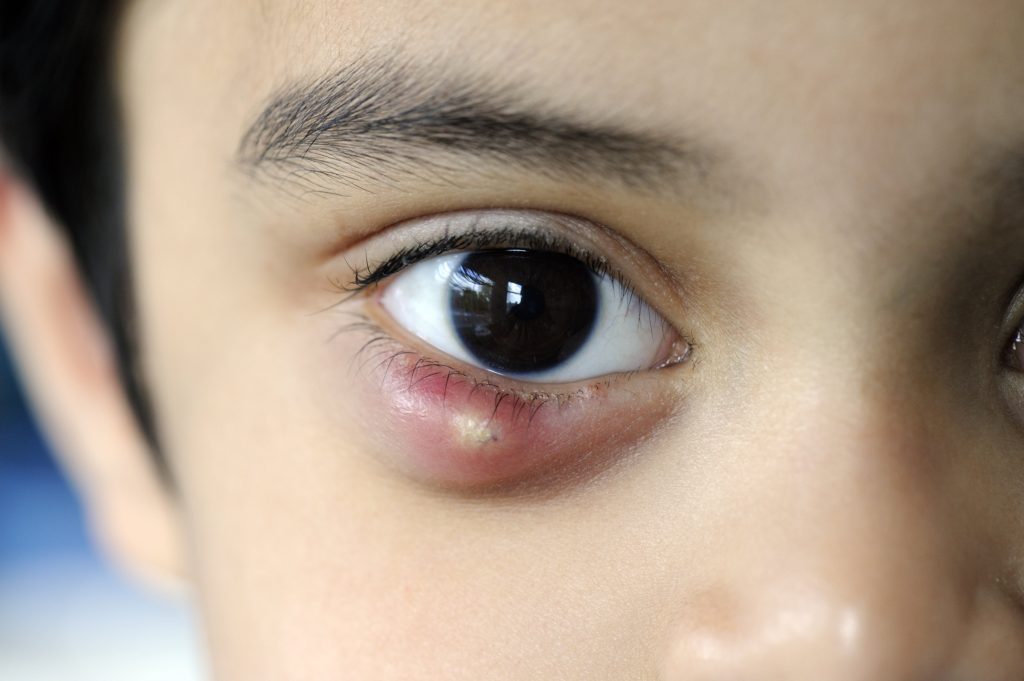
img source: msdmanuals.com
External hordeolum or styes appear on the outer side of the eyelid. These red, swollen, and painful lumps with pus at the tips may occur as a result of infection. This bacterial infection can occur at the eyelash follicles or oil glands.
Eyelash Follicles are small holes from which eyelashes protrude and grow. It can be the habitat if Staph. Bacteria.
Glands include sebaceous and apocrine glands. Sebaceous glands are attached to the eyelash follicles that help lubricate the eyes. It also prevents eyes from drying out. Apocrine glands are sweat glands that empty into eyelash follicles for pouring out sweat. Bacteria may infect any of these glands, causing hordeolum.
Internal hordeolum:
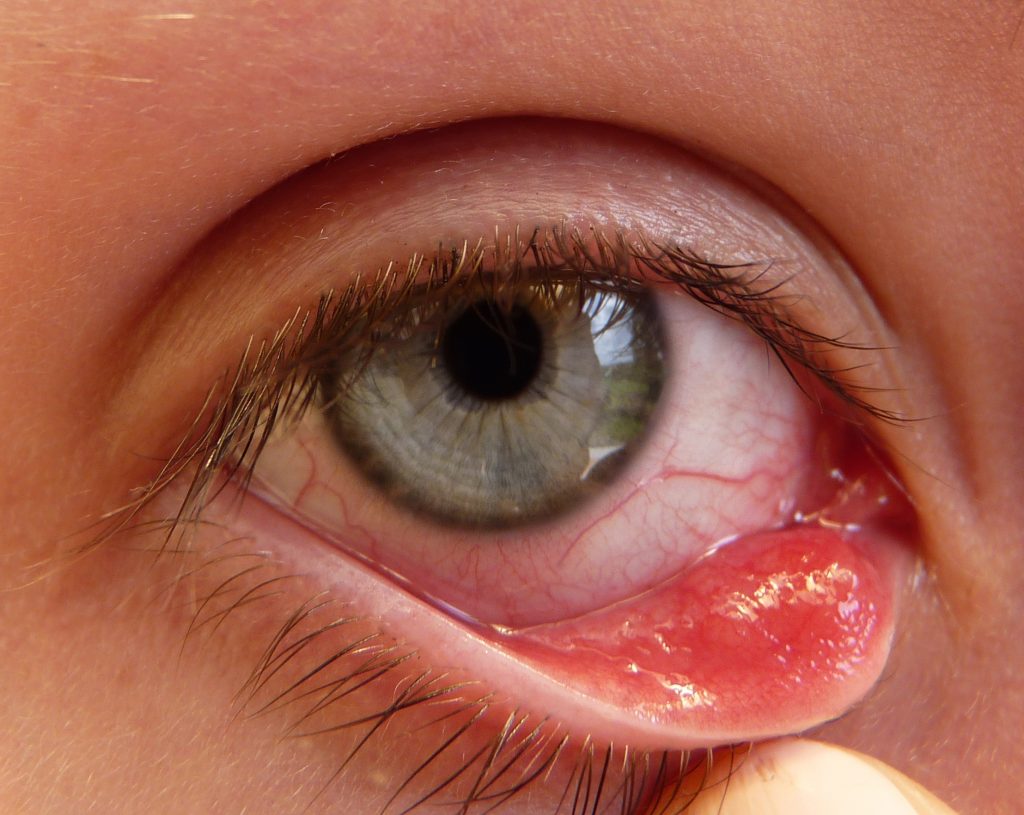
img source: wikimedia.org
Internal styes emerge on the inside of the eyelid. It occurs due to bacterial infection in the meibomian gland. This gland works to produce a secretion that covers the eye as a film.
An internal hordeolum is more painful than the external one. It may affect vision, causing blurriness and burning sensation.
Know the Causes – to find out the solution:
The only leading cause of stye or hordeolum is the bacterial infection caused by “Staphylococcus aureus.” Where the bacteria spreads and inhabits oil glands near the eyelash on the eyelid. The disease spreads and makes a red, swollen bump with pus at the tip which needs to be drained.
However, various factors can trigger this infection. It includes poor nutrition, inappropriate sleep, poor hygiene, and lack of water. Poor hygiene is the principle factor when a person forgets to wash his hands after using washrooms properly and accidentally touches his eyes.
Other Risk Factors:
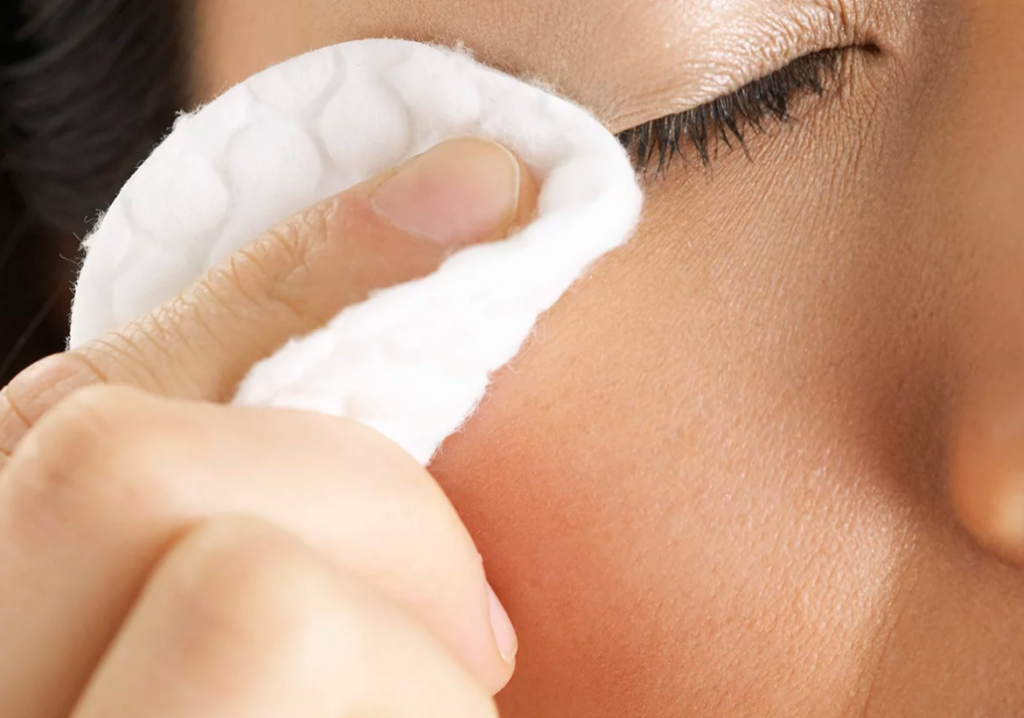
img source: meredithcorp.io
It includes using expired eye cosmetics and not wiping out eye makeup before going to bed. Another reason that can help the Staph.bacteria to proliferate is not disinfecting contact lenses before putting them and no handwashing before changing contact lenses. When you focus on several risk factors, you will come to know the significance of hygiene, especially for sensitive organs like eyes.
Complications:
Stye complications are infrequent. However, most commonly, a stye can develop into a chalazion. It can cause cosmetic imperfection and irritation to the cornea. Improper lancing of the pus can worsen styes. Moreover, it can block the growth of eyelashes or can deform the eyelid. Another complication is the widespread infection of the eyelid known as eyelid cellulitis.
Prevention:
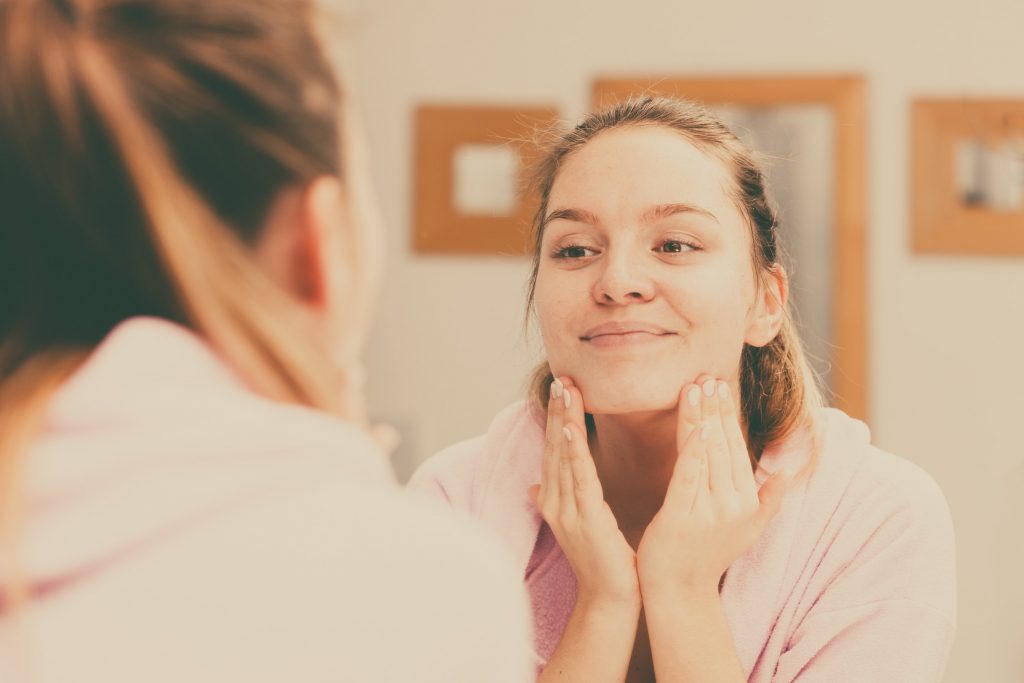
img source: shopify.com
Proper hygiene is essential as it is already cleared from the risk factors. To prevent styes, washing your eyes properly every morning is vital. If possible, use warm water or a warm cloth for eyes. It will help drain excess oil in the glands and will prevent blockage.
Also, avoid sharing your eye makeup with fellows and wash your makeup before going to bed. Moreover, clean your makeup brushes frequently. When you are wearing and changing contact lenses, be sure to disinfect the lens and sanitize your hands. Lastly, use an excellent antiseptic wash after using washrooms.
When to seek medical attention?
Styes usually heal within a week without medical intervention. But, it does not heel even after the week, you should see a doctor. It’s also better to seek medical attention when a stye persists and reoccurs frequently.
Moreover, a visit to an ophthalmologist is necessary when your stye bleeds, becomes so painful and spreads to other parts of the face or eyelid.
Treatment:

img source: infectiousdiseaseadvisor.com
To prevent further bacterial growth in a stye, the prescription must include an antibiotic. Since it is a topical infection, ophthalmic antibiotic ointments like erythromycin are commonly used. Amoxylin can be another right choice. For relieving pain OTC(over the counter), painkillers are essential to administer. These include acetaminophen and ibuprofen.
Physicians usually adopt the lancing method to drain pus. This process is carried out quite professionally to avoid complications. The last option to treat styes is the surgical removal of the hordeolum.
Alternative Therapies:
According to a study conducted back in 2017, acupuncture was found to be effective in reducing the risk of styes. However, extensive research and clear evidence are required.
Natural Treatment for Stye:
Warm Compress Method:
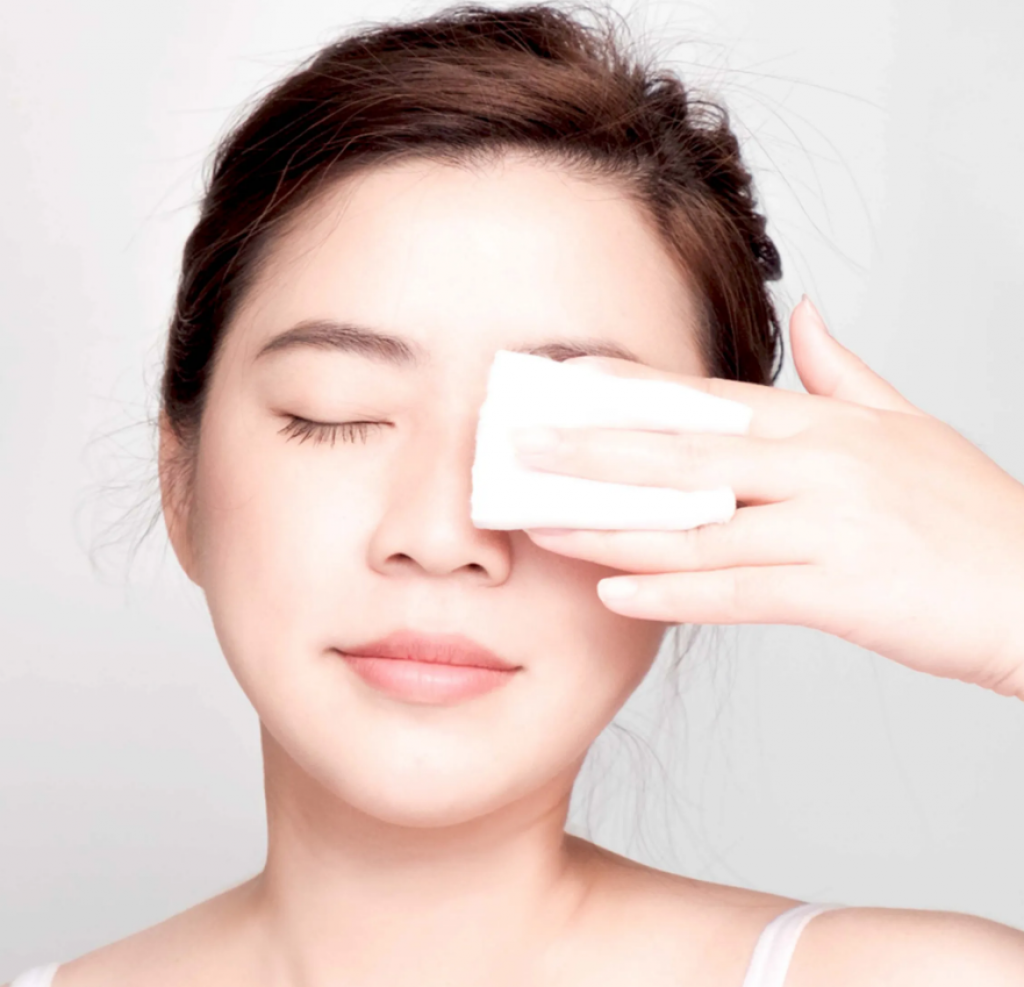
img source: wp.com
This easy home remedy says t use a clean washcloth and wet it with warm water. Make sure that the water is not too hot to burn your eyes. Wring the cloth to get a nice damp, warm cloth, and put on the stye for about 10-15 minutes thrice or four times a day.
It will help to drain the pus and unblocking the oil gland. If it does not work, try using a saline solution to clean the eye area. Moreover, you can also use a mild, non-irritating, and natural antiseptic soap to wash the eye. It will avoid the reoccurring of the styes.
TeaBag Compressing:
If alone neither warm cloth nor saline water works for you, use a soaked teabag in this case. Black tea, Green tea, Rosehip, Chamomile all have anti-inflammatory properties and contain antioxidants. These phyto-protective properties make them an excellent natural remedy for styes.
Directions:
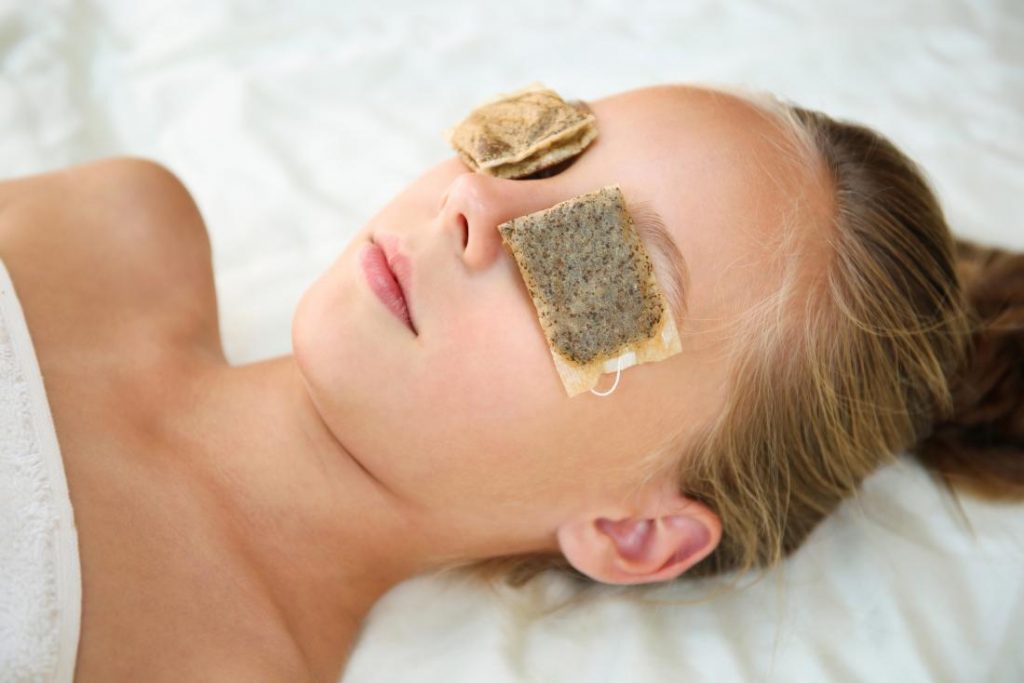
img source: medicalnewstoday.com
- Take boil water in a cup
- Soak a tea bag in it
- Steep it for a couple of minutes
- Then, cool the teabag to the temperature at which you can put it on your eyes
- Place this soaked teabag on your eye for about 5-10 minutes.
- Use a separate tea bag for each eye
- Repeat the steps twice daily for significant results.
Eyebright Herb:
Eyebright, Euphrasia rostkoviana is a prevalent herb of history that has been used for medicinal purposes. It has remarkable antioxidant, anti-inflammatory, and antimicrobial properties. That is why it is used to treat several eye infections like conjunctivitis, blepharitis, sties, and others.
Directions:
Use the same above procedure of teabag compress by using eyebright tea bags. You can also buy the natural eyebright eye drops for direct instillation (pouring method used to administer eyedrops).
Apple Cider Vinegar:
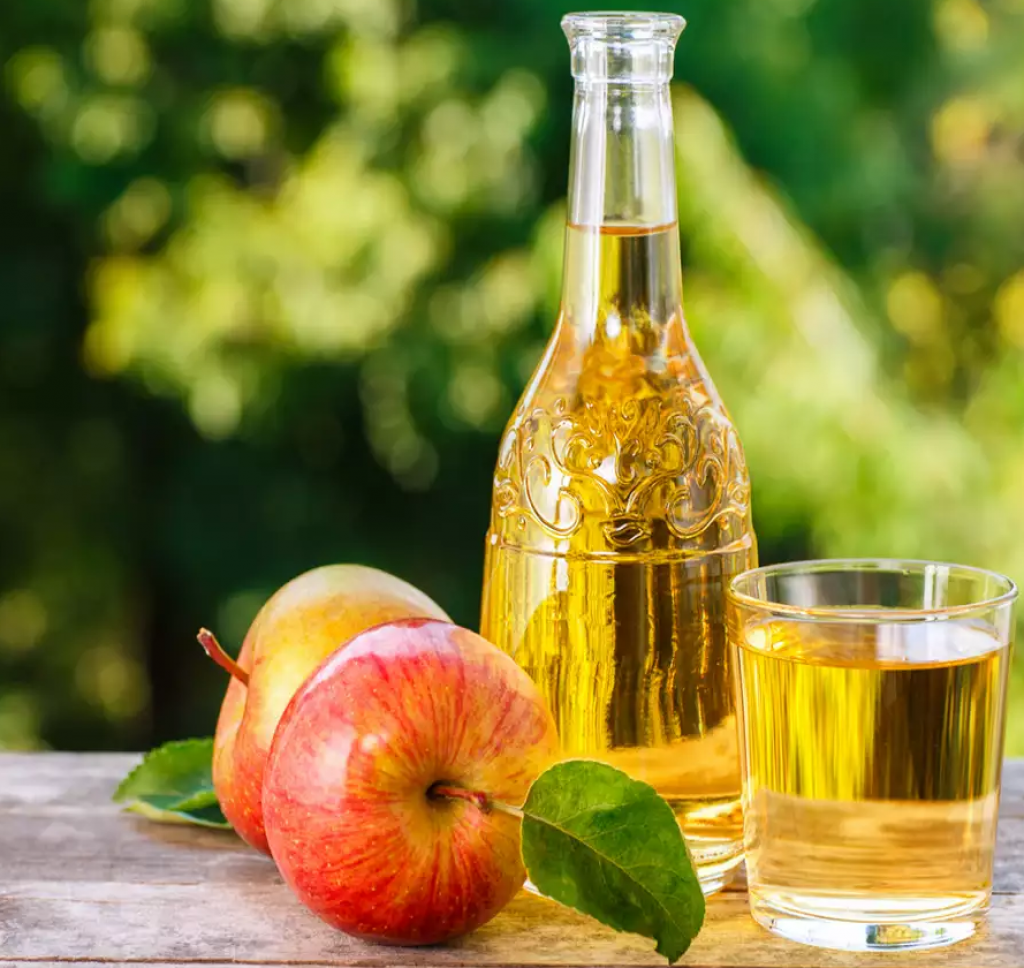
img source: toiimg.com
Apple cider vinegar is also used as one of the effective stye’s natural remedies. It is because of the anti-inflammatory and antibacterial properties of apple cider vinegar.
Directions:
Take a cup full of hot water and add 2 teaspoons of organic apple vinegar in it. Grab a clean cotton ball, soak it in the warm water, and wring it to avoid dripping. Put this cotton ball on the affected area for a minute. You can repeat this method twice or thrice a day for effective results.
The 10 Best Chalazion Remedies
Overview:
Many people confuse styes with chalazia. But, for the proper treatment, you should know the difference and the baseline cause. A chalazion is a red, swollen lump that forms on the lower or upper eyelid. The term chalazia refer to the formation of multiple chalazion. It occurs due to the clogging of oil glands that empty into the eyelash follicles.
These oil glands are known as meibomian glands-the same site that gets infected in case of an internal stye. This is the reason why people confuse chalazion with an internal or external stye. The main difference between the two is that a stye is very painful, but the chalazion does not.
A chalazion may emerge just like an internal stye then enlarges to form the swollen lump. It can heal without any medical intervention. However, if its size is too big to affect vision, you should seek medical attention. A big chalazion can cause blurred vision and heavy feeling on the eye.
What are the symptoms of chalazia?
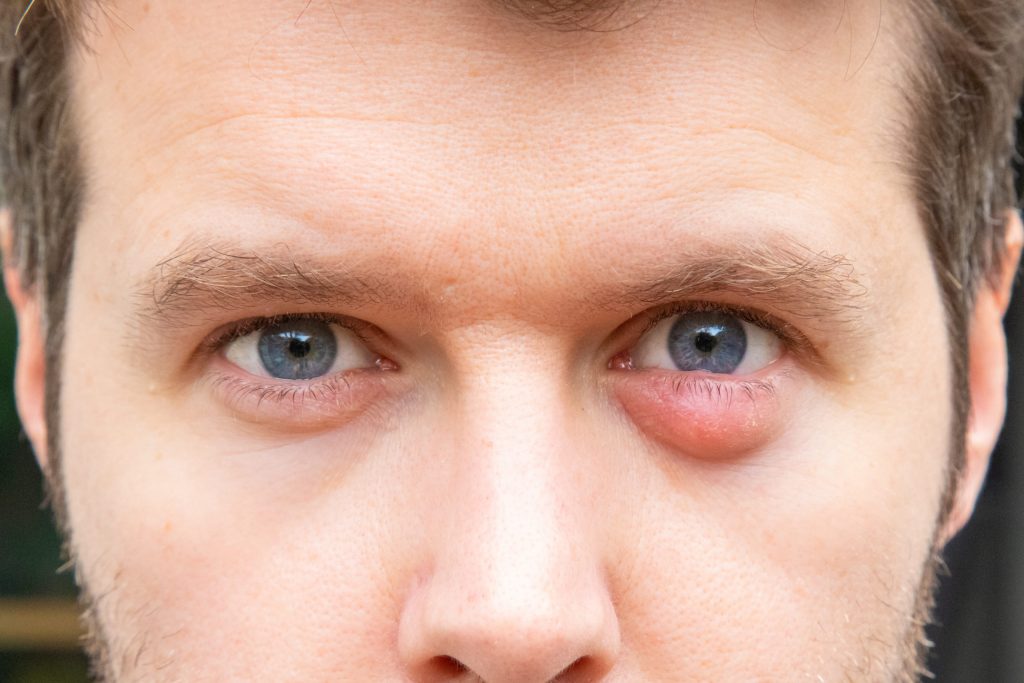
img source: firsteyecaredfw.com
There are not many severe signs and symptoms of chalazion. It is usually a swollen and painless area without any pus accumulation. Chalazia can occur at both upper and lower eyelids. It can also develop on both eyes at the same time, while styes rarely appear on both eyes simultaneously. Common symptoms include:
- Swelling of the eyelid without any pain
- Heavy feeling or a load on the eye
- Red swollen lump
- Redness in the conjunctiva
In some cases, when chalazion increases in size may cause blurriness in the vision. It is the time when you should seek medical assistance for an immediate cure.
Complications:
Common complication includes astigmatism; it is a kind of refractive error that fails to deliver proper light on the retina, thereby altering the focus. However, frequent reoccurring of the chalazia can be due to the sebaceous cell carcinoma(a type of cancer)
Causes
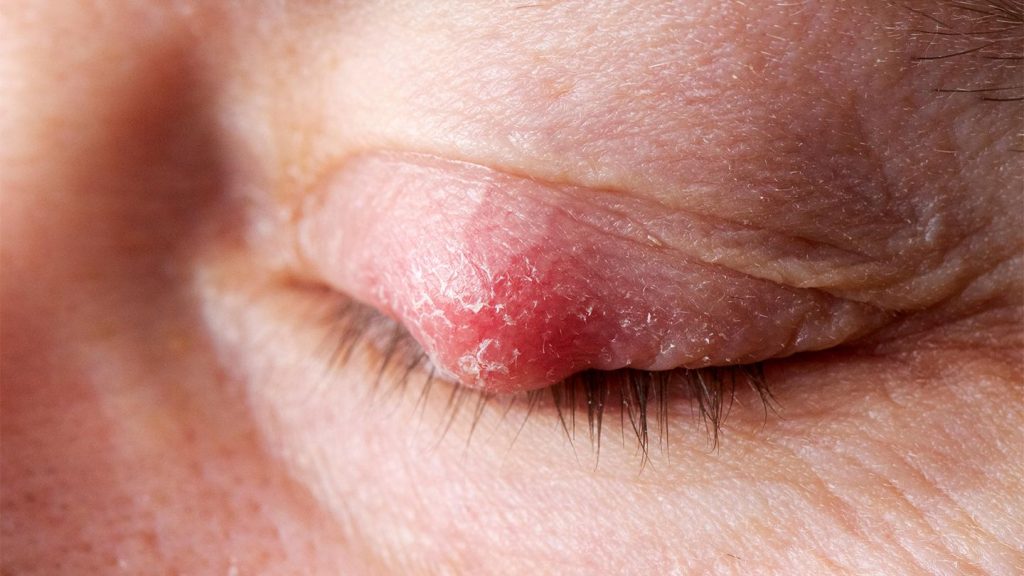
img source: everydayhealth.com
The underlying cause of the chalazia is the viral infection or inflammation in the tiny meibomian oil gland. Therefore, proper hygiene is essential to maintain prevention and better healing.
Risk Factors:
Risk factors include various other inflammatory conditions. People with acne, rosacea, chronic blepharitis, and prolong eyelid inflammation have a higher risk of developing chalazia. More commonly, conjunctivitis can cause chalazion.
Prevention:
For people that are prone to such eye problems, it is quite impossible to get rid of it completely. However, if it rarely happens to you or you are already suffering from some inflammatory conditions, follow the simple precautions.
Always wash your hands before your eyes or before using any eye-related product like contact lenses. If you are already suffering from an inflammatory condition, then consult your physician to prevent chalazion formation. The bottom line idea is to maintain proper hygiene.
Treatment:
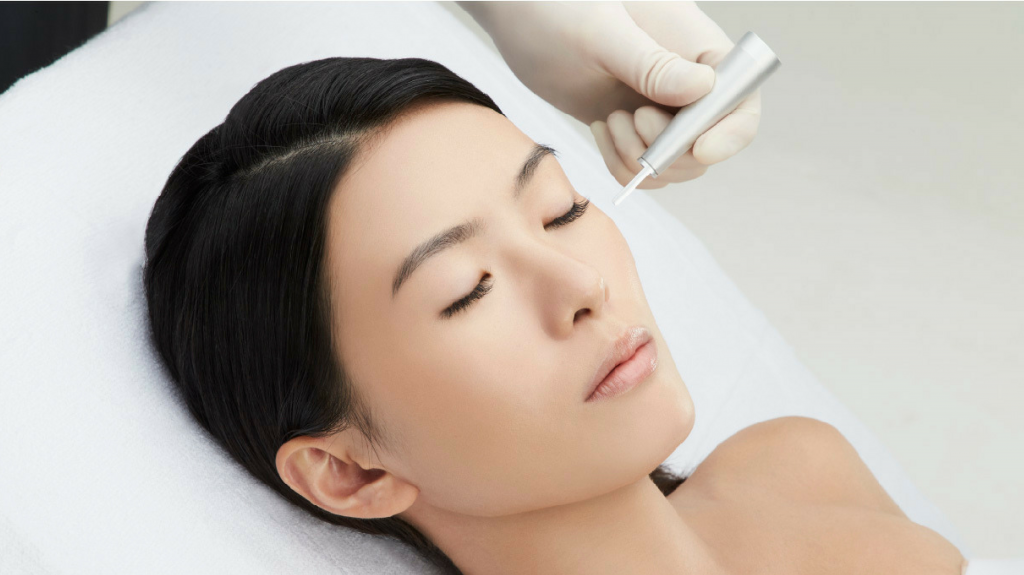
img source: calecimprofessional.com
Home remedies are the first choice of people to get rid of chalazia. But if these don’t work, you can seek medical assistance. Your doctor will prescribe you a corticosteroid injection or the surgical procedure. Both of these cures are quite effective, but the choice of treatment depends on various factors. These factors may include present health conditions, benefits, complications, and side effects. Carbon dioxide laser treatment is also done for chalazion excision.
Alternative Medicine:
Alternative medicine includes using natural herbs and shrubs that have anti-inflammatory and antiviral properties. Infusions, oils, and warm compresses are the only cures that can be performed at home.
Natural Treatment for Chalazia
Warm Compress:
Since chalazia occur due to blockage of oil glands, remedies that can help easy oil drainage will naturally heal this uncomfortable situation. A warm washcloth pressed against the swollen bump is the most comfortable home remedy.
Directions:
Take a clean washable cloth. Boil a cup of water and let it cool. Dip this washcloth into the lukewarm water and wring it to avoid dripping.
Put this cloth on the affected area of the eyelid for about 10-15 minutes. You can perform this natural remedy twice or thrice a day. This home remedy is quite useful, and people generally get rid of chalazia in just days.
Try green tea for surprising results:
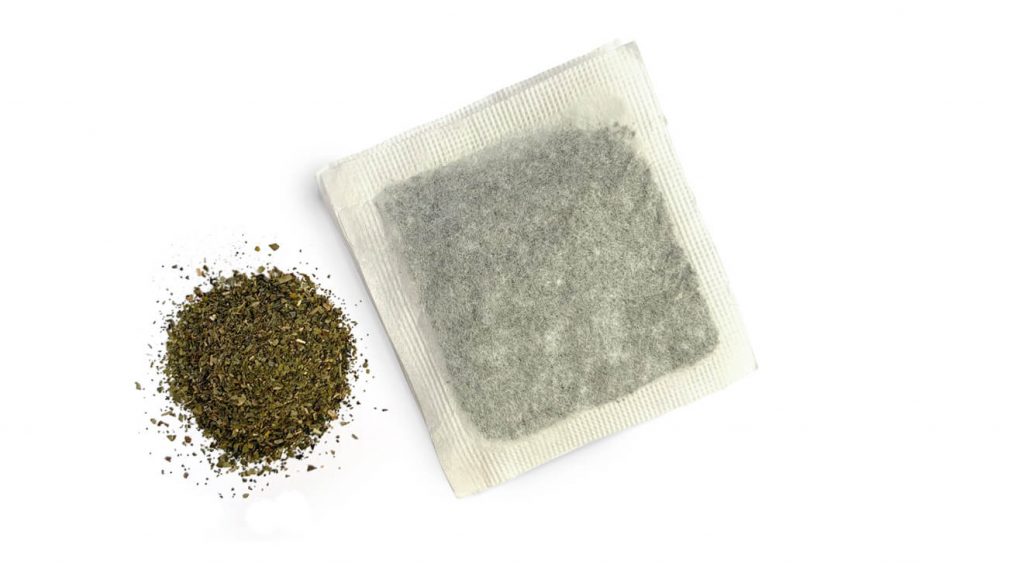
img source: herbco.com
However, if this does not work, you can soak the washcloth or the cotton ball in a green tea, black tea, rosehip, or chamomile tea. It is because these tea leaves have excellent anti-inflammatory properties plus many other essentials like antioxidants.
For this purpose, steep the tea leaves, tea bags, or dried loose tea in a cup full of boiled water for about 10-15 minutes just like you make tea. After cooling it to the temperature that you easily bear on your eyes, soak these cotton balls in this tea infusion. Then, finally, place on your eyes for about 5-10 minutes. Use separate cotton balls for each eye
You can do this home treatment twice a day for significant results.
Acacia Leaves:
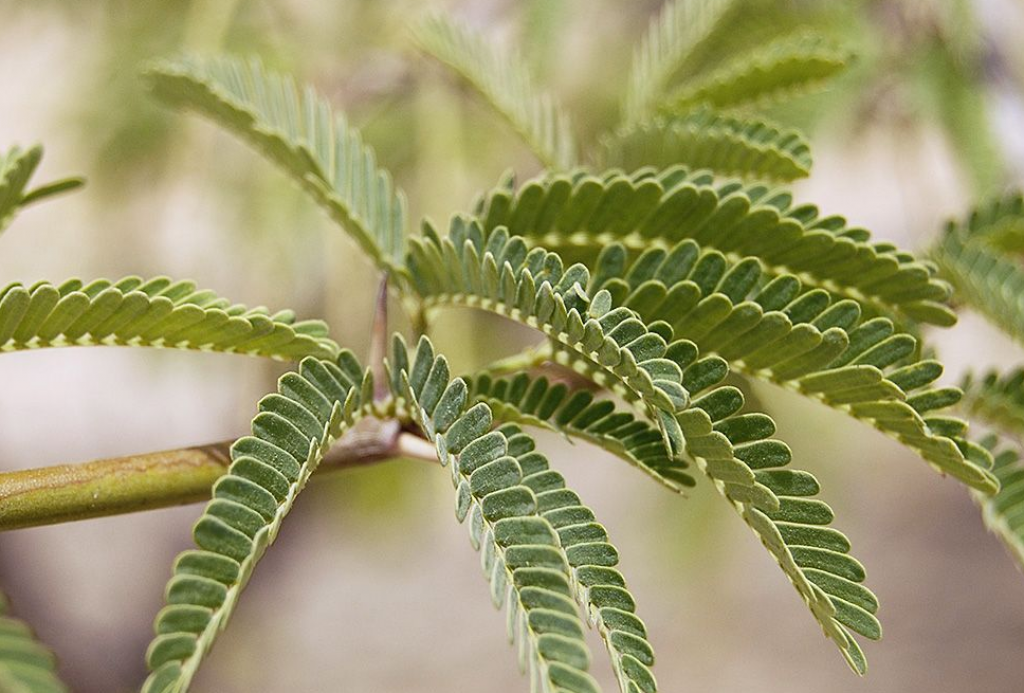
img source: pinimg.com
Acacia also helps to treat swelling and inflammation. So it can be your next home remedy for treating chalazion. Use fresh acacia leaves and wash them properly before making an infusion.
Directions:
Boil water in a pan and add acacia leaves in it. Soak them until all the beneficial components get infused in the water. You can also use this water to rinse your eyes. Also, you can put the cotton balls in it for upto 5 minutes and then place them on the affected area for about 5-10 minutes.
Repeat this procedure twice daily for significant results.
Guava Leaves:
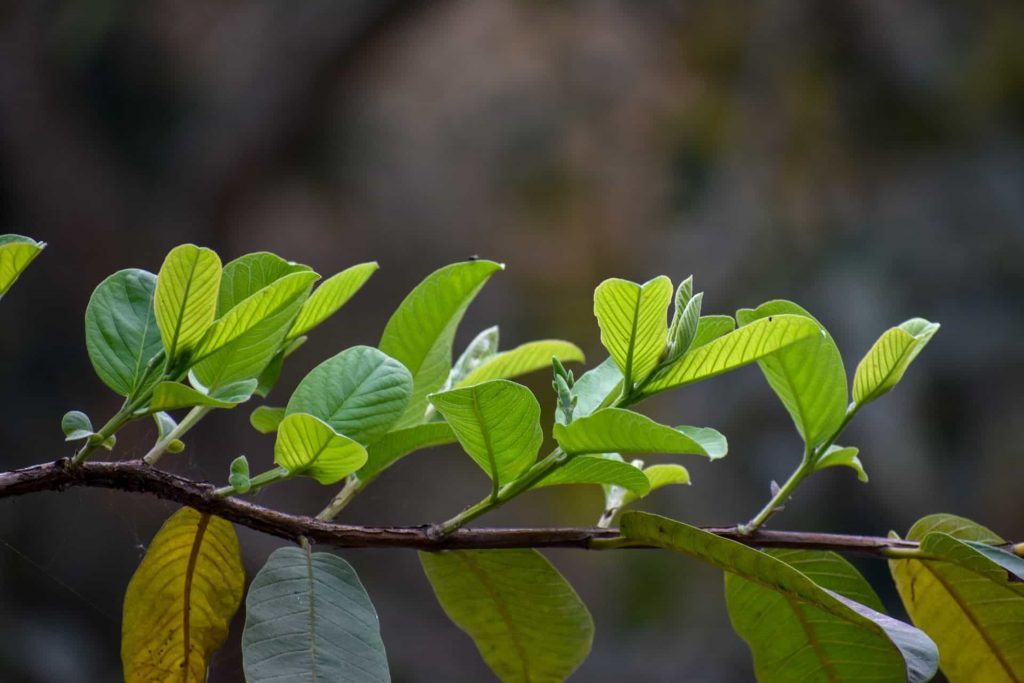
img source: thesouthafrican.com
Guava leaves are rich in vitamin C, flavonoids, and antioxidants. Young guava leaves can also be used to make tea in which you can soak a clean washcloth and placing them on the eyelids. Moreover, an easy method is to wash guava leaves.
Directions:
Place the clean guava leaves on the affected area, then put a warm washcloth, and compress it for about 5 minutes. Repeat the steps twice daily or once a day. Try not to press the chalazion too hard, or else you may worsen the symptoms.
Castor Oil:
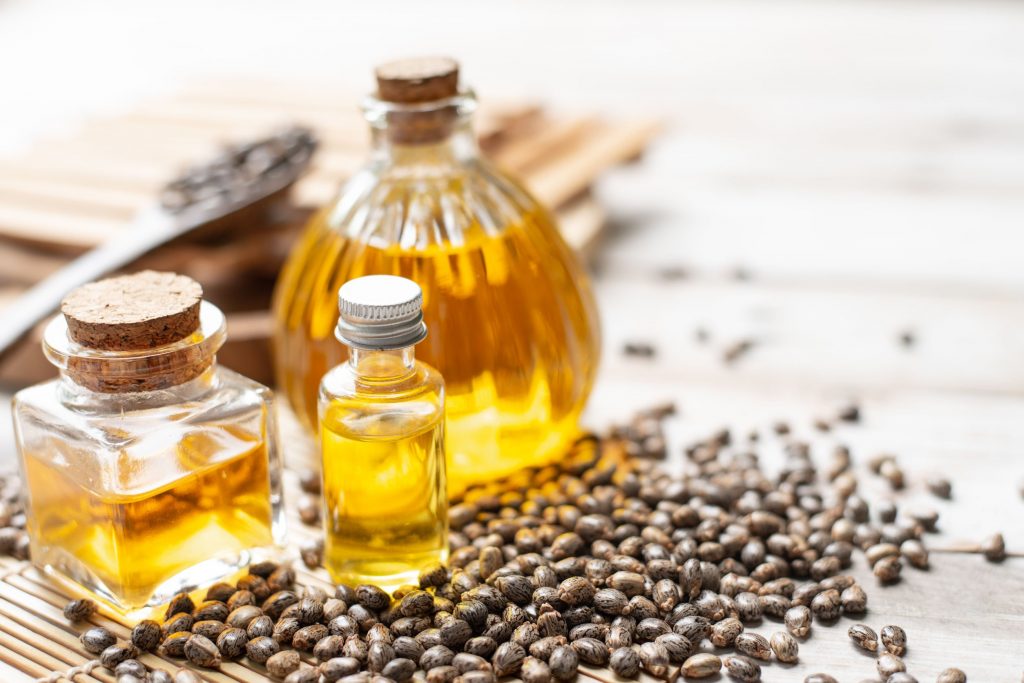
img source: ndnr.com
Castor oil is well-known for its anti-inflammatory properties. With this natural ingredient, you can significantly reduce the inflammation of the eyelid caused by chalazia formation. Castor oil is sticky and thick. So while applying it, you should take certain precautions, or else your eyelashes will stick together. Then opening eyes with such a heavy load of chalazia can be very problematic.
Directions:
Take a clean, sterilized flannel piece or a soft cotton bud. Dip it in the castor oil to attain a drop or two. Carefully spread it in the affected area more precisely on the red, swollen bump. Avoid dripping of castor oil in the eyes or ear lash line. It is because oil can leak into the eyelash follicles and into the tiny oil glands that are already blocked in thi unfortunate condition.







